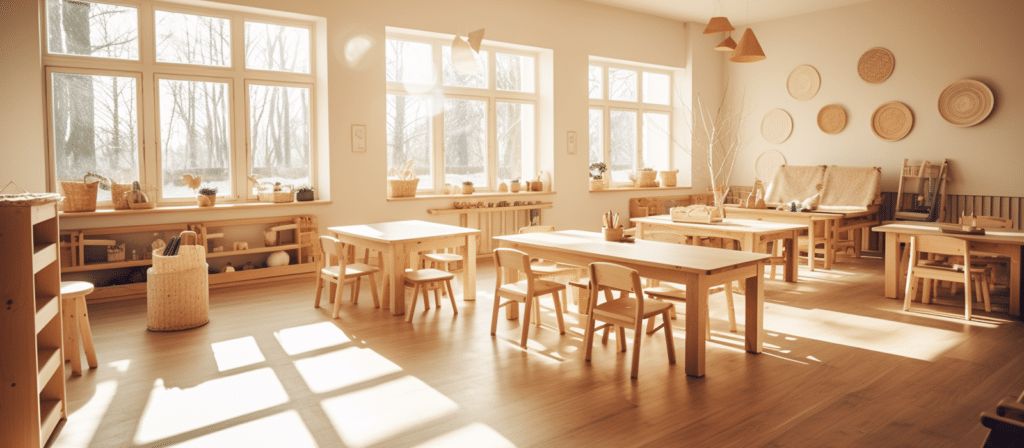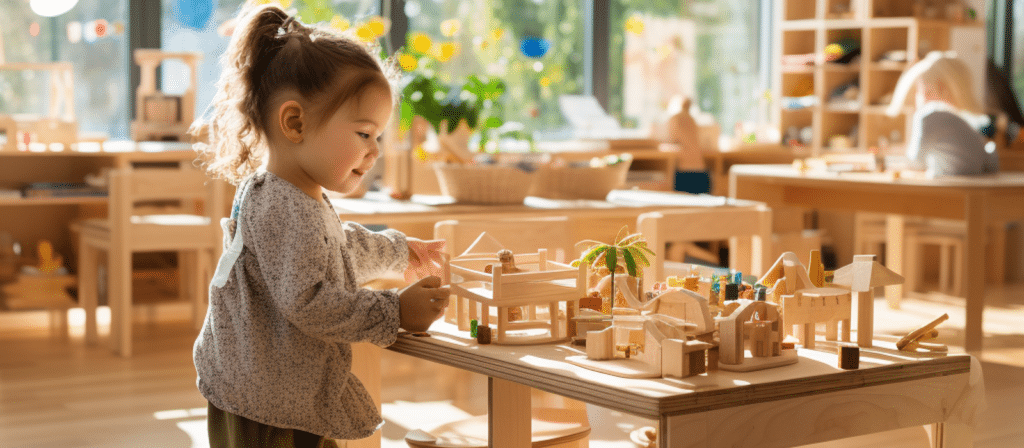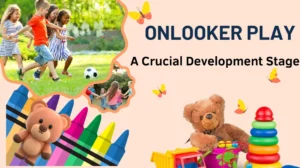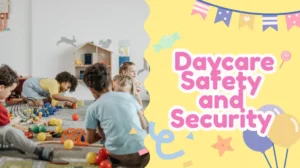As we embrace a new academic year, it offers us a unique chance to evaluate and fine-tune the setup of our classrooms to amplify the support for children’s educational journey. Backed by compelling research that underscores the significance of experience as the catalyst for children to structure their minds to conquer challenges, it’s evident that a learning environment tailored for young learners must encompass an extensive range of activities catering to their holistic growth—embracing social, emotional, cultural, linguistic, physical, and cognitive dimensions.
Fostering Immersive Learning
To effectively achieve this, the classroom design necessitates diverse activity hubs that seamlessly blend hands-on, play-oriented learning with age-appropriate academic instruction. The diverse spectrum of materials, thoughtfully positioned within these hubs, should beckon children to investigate, uncover, explore, and actively exchange ideas with peers. Throughout the day, an assortment of activities should unfold, meticulously organized within a structured timetable. These activities should flow smoothly, supported by well-choreographed routines and transitions, resulting in an organized and seamless flow of the learning journey.
The Role of Physical Space in Active Learning
The physical arrangement of the classroom should harmonize with the overarching objective of fostering skills like critical thinking, problem-solving, decision-making, and expressing ideas coherently. This alignment with 21st-century learning goals materializes through a classroom meticulously divided into distinct interest zones or centers. These centers encompass an array of domains such as literacy, mathematics, sciences, and the arts. Accessible and abundant materials within each center empower children to experiment, conjecture, decide, resolve issues, apply logical reasoning across diverse scenarios, and partake in shared learning episodes.

Activity Centers: Pillars of Disciplinary and Interdisciplinary Learning
The core of a high-caliber early learning environment rests on a constellation of activity centers that bolster children’s ability to synthesize knowledge and insights. Some pivotal activity centers include:
- Building Blocks Center:
This zone hosts a comprehensive set of wooden unit blocks, meticulously arranged by size and shape. Each block finds its designated spot in open shelving, facilitating tidy storage. - Math and Manipulatives Hub:
Within this center, a medley of tools awaits—ranging from puzzles, Legos, and games to tiles, geoboards, and attribute blocks. These hands-on resources foster robust cognitive skills and contribute to the development of fundamental mathematical concepts. - Library Oasis:
Curated to house an eclectic selection of books, the library section caters to various reading interests and aptitude levels. From emerging readers to adept book enthusiasts, there’s a literary treasure for every child. - Expressive Writing Nook:
This space is a haven for nurturing budding writers and artists. Providing an array of paper types and writing/drawing implements, it encourages creative expression while also promoting literacy and fine motor skills. - Creative Art Hub:
Artistic flair blossoms here, with an array of drawing materials, paints, pastels, and crafting essentials. Children can unleash their creativity, engage in painting, collage, and construction, and even delve into playdough sculpting. - Scientific Exploration Corner:
The realm of science comes alive with magnifying glasses, a sand/water table, living organisms like snails and mealworms, and various natural artifacts. This space encourages hands-on exploration, measurement, and hypothesis testing. - Theatrical Pretend Play Space:
Tailored for younger children, this space morphs into various imaginative settings, be it a house, post office, or even a bustling train station—a vivid landscape where the curriculum’s essence is reimagined. - Digital Media Hub:
A technology oasis housing computers, audio equipment, and smartboards, enabling digital exploration and learning. - Culinary Corner:
Fitted with tools for culinary adventures, this domain connects education with the art of preparing snacks aligned with the curriculum. - Collective Gathering Point:
A capacious area facilitating group discussions, lessons, stories, and music/movement activities—the heart of collaborative learning. - Outdoor Playground:
Ideally contiguous to the classroom, this playground offers a platform for energetic play, gardening, and a range of physical activities.

Evolving Centers for Holistic Growth
The activity centers go beyond their surface roles, intertwining learning domains and fostering multifaceted development. Language and literacy find nourishment across centers, while social studies thrive in areas like blocks, cooking, and dramatic play. Mathematical concepts resonate in hubs like blocks, construction, manipulatives, and math areas. Artistic expression transcends the art hub, permeating dramatic play and music/movement spaces.
Architecting Centered Spaces
When allocating spaces for centers, consider clustering related activities with similar noise levels and equipment requirements. Proximity of water-reliant zones like art and science is practical, as is placing interactive zones like blocks and dramatic play next to each other. Tranquil retreats, such as library, media, and writing sections, should be thoughtfully placed. Cohesive traffic patterns, ensuring resources are conveniently situated, support engaged and uninterrupted work.
Empowering Children through Accessibility
Promoting autonomy is pivotal, urging us to make materials accessible to children, within their reach. Open shelving caters to tiny hands, and labels at designated spots foster literacy while guiding material placement.

Adapting Materials to Ignite Interest and Engagement
Understanding the power of interest as a catalyst for learning, we must infuse classroom centers with captivating, versatile, and culturally/linguistically pertinent materials. For instance, the math center can introduce objects for manipulation and experimentation, whereas the dramatic play area can house lifelike food items and containers.
Incessant Evolution and Engagement
Sustained interest arises from active involvement. A dynamic assortment of materials fuels repeated engagement, accommodating diverse explorations and complexities. Regularly refreshing center materials preserves intrigue and involvement, aligning with the evolving curriculum and children’s capabilities.
Progressive Evolution of Materials
The initiation of the school year calls for limited materials, gradually evolving into more intricate resources over time. Fostering familiarity with materials before nurturing productive use is paramount. As curriculum and children’s aptitudes unfold, fresh materials—aligned with focal topics—are introduced. The dramatic play center can metamorphose from a home setup to a train station, reflecting curriculum themes.

Facilitator of Discovery: The Teacher
In a classroom designed for dynamic learning, abundant centers emerge as pivotal. Here, the teacher takes on the role of a facilitator, orchestrating the environment and children’s experiences. Meticulous planning involves strategically placing relevant materials within centers. Attentive observation of children in action allows for timely addressing of questions, misconceptions, interests, and issues. Through this approach, teachers cultivate contextual learning rooted in real-life experiences, tailored to the class’s interests and comprehension.
As we embark on this educational journey, let us champion the creation of an immersive environment, marked by curated centers that are the cornerstone of a young learner’s odyssey of discovery and growth.













